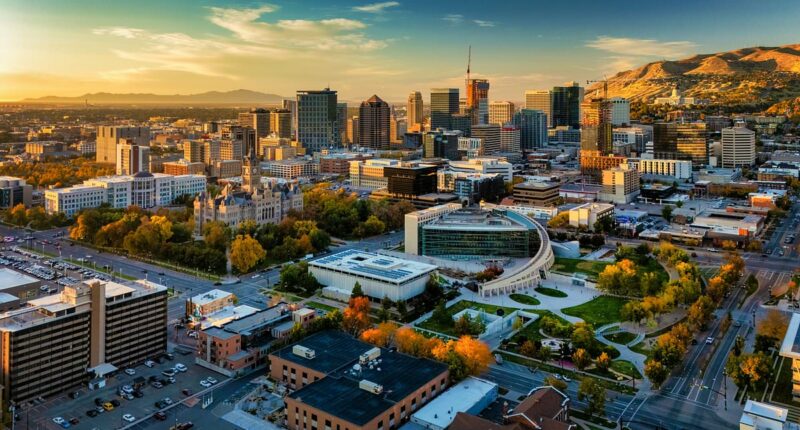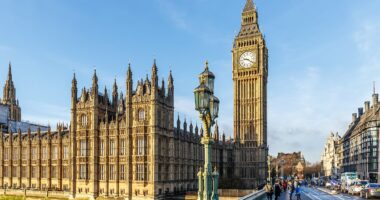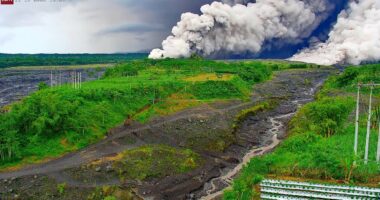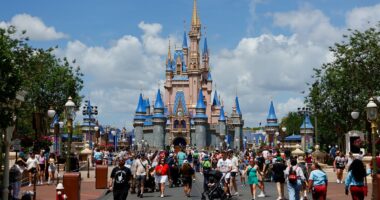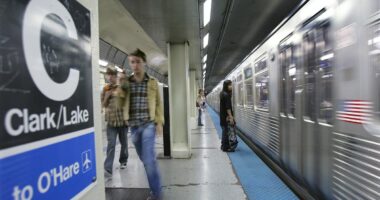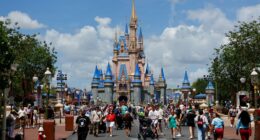Share this @internewscast.com
Utah is set to experience a significant population surge, with expectations of a two million increase over the coming four decades, spurred by a substantial migration of Americans into the state, a recent study suggests.
Research conducted by the Kem C. Gardner Policy Institute at the University of Utah anticipates the state’s population will swell from its current 3.6 million residents to an impressive 5.6 million by the year 2065.
In a report released on Tuesday, the institute highlighted that net in-migration, which measures the balance of people moving into versus out of Utah, will be a key driver of this demographic expansion.
Mallory Bateman, the Gardner Institute’s director of demographic research, explained, “Utah will experience unprecedented net in-migration, reduced natural change (births minus deaths), an aging demographic, and ongoing urban development over the next 40 years.”
The state, led by Republicans, draws many Americans with its affordable living costs, diverse outdoor recreation options, robust job market, and lower income and property taxes.
The report also forecasts that employment growth and industry diversification will result in the creation of 1.2 million new jobs over this period.
The industries with the most growth include healthcare, social assistance, professional, scientific and technical services, along with finance and insurance.
‘The Utah economy plays a vital role, with the health care, professional services, finance, and construction industries leading growth through 2065,’ Bateman said.

Utah’s population is projected to increase from nearly 3.6 million residents to 5.6 million by 2065

A driving factor for Utah’s population growth is net-in migration, the number of people moving to the state compared to leaving
‘By the end of the planning horizon, Utah’s population will be larger, older, and more urban, with a service-oriented economy that remains well-diversified.’
Household growth, the number of groups of people living together, is expected to increase to 2.3 million.
However, the size of the household is forecast to drop from nearly 3.0 people in 2025 to 2.3 in 2065 due to the aging population, the report found.
Utah’s median age is expected to jump to 45.3 in 2065, up from the median age of 32.8 in 2025, due to declining fertility rates and an aging population.
Salt Lake County, home to the state capital Salt Lake City, is forecast to remain the most populated county with 1.6 million residents in 2065.
While Wasatch County is predicated to lead the state with an average annual rate of population change of 1.9 percent, according to the report.
‘I think it is fantastic that we have this window into the future,’ Jason Brown, CEO of the statewide growth planning nonprofit Envision Utah, told KSL.

Household growth in Utah, the number of groups of people living together, is expected to increase to 2.3 million

The state, led by Republican Governor Spencer Cox (pictured) is attractive to many Americans due to its affordability, outdoor activities, job opportunities, and low income and property taxes

This growth is a nod to the popular winter sports destination and expanding business services hub of Salt Lake City (pictured)
‘There’s a lot of change coming, but we’ve dealt with change for a really long time and I think we can use this to build a great future.’
In the next five years, Republican states are set to see the largest influx of ultra-high net worth individuals, an analysis from wealth intelligence firm Altrata found.
The firm defines ultra-high net worth individuals as those worth more than $30 million.
While the traditional wealth hubs of California and New York still lead in terms of the number of ultra-wealthy Americans living there, they are lagging when it comes to growth.
In Utah, the number of ultra-wealthy residents is set to grow from 2,101 to 3,100 over the next five years.
While the total number remains small compared to other states, this represents a significant 8.1 percent growth.
This growth is a nod to the popular winter sports destination and expanding business services hub of Salt Lake City.
Adobe first opened an office in the city over a decade ago, and now there are over 1,000 big tech companies and startups operating in the city, which is being dubbed ‘Silicon Slopes.’
